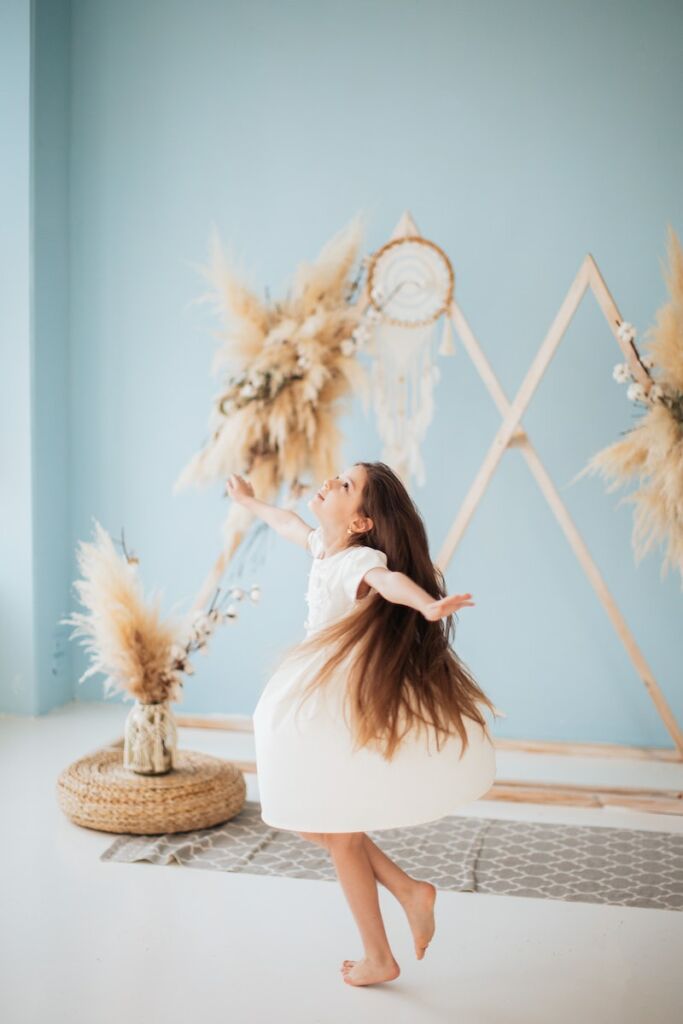Adobe have released many of their creative programmes as apps, and one of them you can download onto a phone or tablet to use wherever you like is Lightroom. The Lightroom app has many similarities to the desktop version, but you will also find some important differences when you have it set up to use. Let’s get started on how to install, set up, and use the Adobe Lightroom app!

Get the app
First, you will want to get the app installed on your phone or tablet. Be aware that if you are using a brand-new device, it may not yet work – some of Adobe’s suite of apps seem to be slow to update for new devices. If you can’t find Lightroom in your device’s app store, this may be why.
So long as you can find it by searching for Lightroom, you should be good to go. Make sure you’re getting the official Adobe product and not a knock-off by reading the name of the app carefully. Install it on your device and open it up when it is ready.
You should now be given the opportunity to log in. It’s very important that you do this using your Adobe ID that you use on other devices – if you make a new one, you won’t be able to sync with the cloud or use your imported settings from your other account.
Work on images
Now that you have logged in, you’ll be presented with the home screen. You can go through a tour which shows you how to use everything in the app, so we won’t go too heavy on all of the specifics – just the big things that you need to know, and the tips and tricks that will help you to use the app better. You can access the tour again at any time from the help menu.
The home screen shows your library, so you can start by working from here to find the images you want to work with. If you have images saved to your Adobe cloud, they will show up here, so long as you are synced up. If not, you can add more: press the blue camera button to take a picture and edit it right away, or press the icon of an image with a plus sign right next to it to import an image from your device.
Once you have imported the images, you can work on them immediately. You can also add images by selecting them in your device’s image browser, then choosing the option ‘Add to Lightroom’ from the share menu.
Now select an image, and let’s get started with the edit.

Edit your files
There are lots of tools you can use along the bottom of your screen. Most of them will be familiar to you from the desktop app. You can access the following options:
- Selective – this allows you to select a certain area of your image and then apply adjustments to it
- Healing – just like your healing brush or clone stamp that you are used to
- Crop
- Profiles – change to a different edit profile. You can also star certain profiles to add them to your favourites
- Auto
- Light
- Color
- Effects, including texture, vignette, and so on
- Detail, for sharpening
- Optics, to help correct distortion or aberration
- Geometry, for skewing and cropping images
- Presets, which include a few folders which come with the app as standard, user presets (your own presets which have been synced with the desktop version), and saved presets (presets which you have saved from within the app itself – more on that later)
- Previous (go back to your previous edit)
- Versions history
- Reset
At the top of your screen you’ll also see a help button, a tick indicating that you are synced, a share button, and an additional menu which allows you to show the histogram and info, create presets, and copy your settings, as well as starting a slideshow.
Discover other creatives
Returning to the library screen, you’ll see a number of options along the bottom: Library, Shared, Learn, and Discover. The Discover tab is pretty exciting because it’s like a social media app built-in to Lightroom. Here you can see work which has been created by other users on the Lightroom app, with featured collections as well as themes which anyone can add their work to.
You can also add your own work by hitting the share button on your edit and selecting the ‘Share Edit’ option. When you do, you won’t only share the finished work, but also the changes that you have made to it. Other users can see a gif that starts with your original image, then transforms through each of the different stages of your edit as they happened, and finally shows the finished piece.
Not only can users view these transformations, but they can also save your edits as a preset that they can then use on their own images. What this means is that you, in return, can also browse through and choose your favorite edits to save and use again! They will go by default into your Saved Presets folder, although you can also create new folders if you want to be more organized.
Learn more skills
If you want to get more in-depth skills when using the Lightroom app, they do have the Learn tab for you to explore. This has lots of individual tutorials based on specific image edits, showing you how to optimize your shots in all kinds of different ways. Simply browse through the Learn tab and choose a tutorial and you’ll learn how to make the changes – and why.
The Lightroom app is a lot more robust than you might expect, and allows you to do just about anything you might be able to do on your desktop. This means you can really take your edits on the go with you, and you can even sync up your images to edit the same file on your device and then on your computer later on.
Wow! very informative post